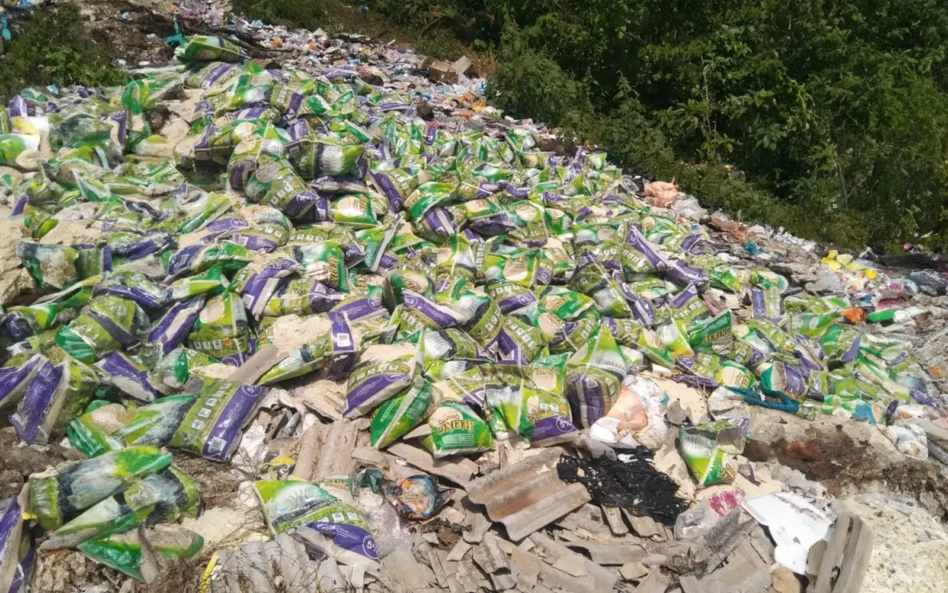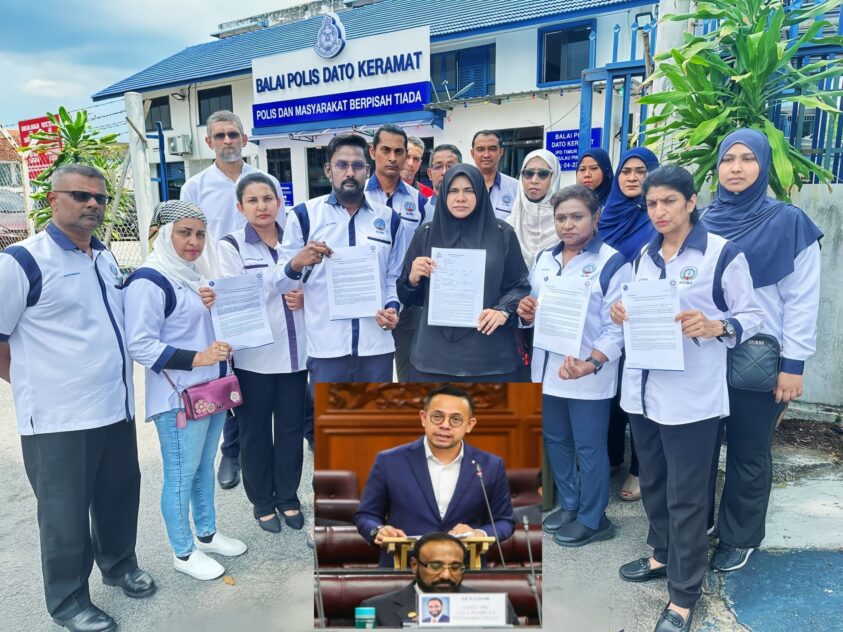By Sofea Azahar
AMID the challenging economic condition originated from the pandemic, many people have also been struggling to cope with cost of living, which do not appear to be in the same trend with the incomes of many Malaysians as they have been severely affected due to cost-cutting measures by their employers. Therefore, this calls for more compatible and sustainable solutions.
Although inflation is trending at low levels, cost of living is said to extend beyond prices. According to the World Bank’s study, the issues pertaining to cost of living include stagnant growth in incomes, elevated household debt as well as unaffordable housing.
Based on the statistics from the Department of Statistics (DOSM), mean household income at the national level grew by 4.3% in the period between 2016 and 2019 whilst mean disposable income (income after current transfer deductions) went up by 4.5% in the same period.
Across income groups, mean household incomes for the B40, M40 and T20 also grew throughout the same period.
But the question is, are the latest statistics reflective of the current reality, especially after the unprecedented occurrence of the pandemic?
Mean household expenditure increased by 4% during the 2016-2019 period. Among all expenses, food and beverages accounts for the biggest portion at 17.3% and within the income groups, B40 households allocate high share of their expenditure on food compared to those in other income groups.
But this also comes with the fact that food prices are on an increasing trend compared to other CPI items. Given that the low-income households tend to spend more on food, should food prices continue to accelerate quicker than other items, these households would certainly feel the pinch from higher inflation rate.
Additionally, household debt is at a high level – 82.7% of gross domestic product (GDP) in 2019. Financial literacy amongst Malaysians is also poor, particularly among youths. Not only we have increased unemployment due to COVID-19, there is also an issue of underemployment.
When discussing about cost of living, the status of poverty should also be considered because the poor household group is the most unfortunate amongst all.
Poverty is measured using the poverty line income (PLI) whereby the concept and methodology is based on the minimum requirement of nutritional food and non-food items (clothing, housing, transportation and others) required by each household to live an active and a healthy life.
In 2019, the national PLI was revised higher from RM908 in 2016 (based on previous methodology) to RM2,208. As a result, the absolute poverty rate has jumped from 0.4% in 2016 to 5.6% in 2019.
But concern pertaining to this matter arise because the current PLI has not taken into account of the COVID-19 pandemic which have affected socioeconomic well-being of many.
Since then, more people have lost their jobs, have had to undertake pay-cuts or have been put on unpaid leave. Given the challenging circumstances, households might have to resort to earning side incomes or search for any possible means to make ends meet, i.e. join the informal sector.
According to the Minister in the Prime Minister’s Department (Economy) Datuk Seri Mustapa Mohamed, based on the estimates by DOSM after taking into account of the pandemic, poverty rate could be lifted by 3% points from the current official 5.6%.
So, we could see more than the previously-reported 405,441 households living in poverty because of the heavy blow from the crisis.
Cost of living, purchasing power and the income level of households to purchase food and non-food items at minimal level (PLI) also vary across states. The general perception is that the cost of living in the urbanized states are more expensive than the less developed states. But for some states, such might not be the case.
If we were to look at the PLI by state, Sabah and Labuan topped other states including developed ones like KL and Selangor with their high PLIs – RM2,537 and RM2,633 respectively. Poverty rate in Sabah was also the highest at 19.5%.
This shows that it is also costly living in East Malaysia, not only in the big cities.
Wage gap between states is also not helpful in supporting the cost of living. An example can be taken from EMIR Research’s focus group discussion in 3Q 2020 whereby a discussant from Sabah mentioned that there is a need to standardise salaries across the country given that the cost of living in Sabah is as high as in the urbanised cities but the salary gap is very huge!
These are the ground realities which might not be completely represented by several official statistics but they can be substantially felt by being on the ground.
Current minimum wages remain low ranging at RM1,100-RM1,200 despite the effort to remove the disparity in wages between Peninsular and East Malaysia.
Let’s say a 1-person household earns RM1,200 per month and lives in Kuala Lumpur but the minimum amount of income to acquire basic necessities at minimal level is RM2,216, how would this individual live comfortably given the huge gap?
So, there is a crucial need to relook at our minimum wages in consideration of whether they make sense for people to live proper lives with such wages.
Data has shown that labour share of income in Malaysia is much lower than some advanced economies such as Singapore and Korea. This is likely to be evident in sectors that are labour-intensive, sluggish in technological progress and dependent on low-skilled workers.
Increase in wages should be done alongside the upskilling/reskilling of workers (education) and also create more high-skilled jobs through high-value investments.
That way, as skillsets of employees expand and become relevant to the demand required by industries, employees will then be able to demand for higher wages.
The mismatch between wages and cost of living has been a longstanding issue and it surely has no one-size-fits-all solution but shouldn’t we start somewhere? – March 24, 2021
Sofea Azahar is Research Analyst at EMIR Research, a think tank focused on strategic policy recommendations based on rigorous research
The views expressed are solely of the author and do not necessarily reflect WFACthose of Focus Malaysia.










